Thornhope Moor was acquired by the Philip Wayre Upland Trust in March 2012.
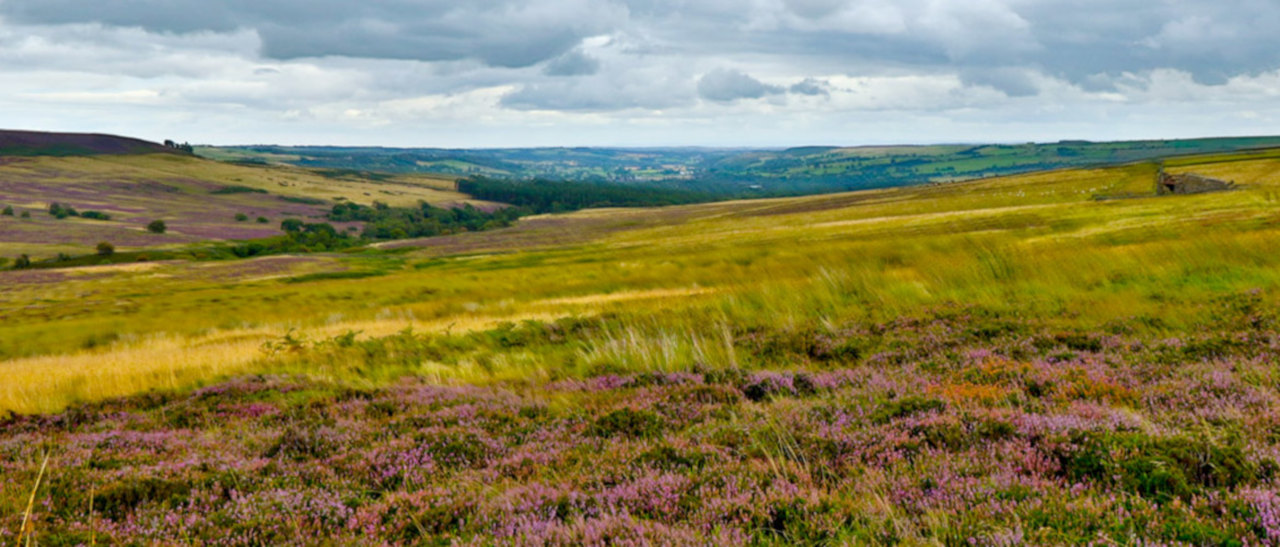
The 278 acre reserve, located in the Wear Valley, is surrounded by Wolsingham Moor which rises above it to the west and north.
The reserve is made up of wet rushy pasture, upland ghyll woodland with juniper (Juniperus communis), upland heath and blanket bog. Thornhope Beck runs north to south through the eastern half of the reserve. The valley of the beck has mature trees at its southern end with juniper on the slopes. Juniper is a threatened species in many areas and is an important food source for black grouse. The Trust intends to plant further parcels of woodland near the beck with the aim of improving the habitat for the black grouse and other species.
Most of the rough grazing on the reserve is a short sward of mat grass (Nardus stricta), purple moor-grass (Molinia caerulea), cotton-grass (Eriophorum vaginatum and E. augustifolium), wavy hair-grass (Deschampsia flexuosa) and soft rush (Juncus effusus). Dwarf shrub species, which are in decline in many upland areas, provide an important food source for both red and black grouse as well as providing valuable cover. With good management the dwarf shrubs on the reserve are flourishing with ling (Calluna vulgaris), bell (Erica cinerea), cross-leaved heath (Erica tetralix), bilberry (Vaccinium myrtillus) and cowberry (Vaccinium vitis-idaea) being the main species.
The reserve is a haven for breeding waders especially curlew, redshank, snipe, lapwing and golden plover as well as black grouse, red grouse and grey partridge. The grazing is specifically managed to create a mosaic of different lengths of sward providing a diversity of growth to suit the different needs of the variety of species which visit. Bilberry, an important deciduous under shrub providing food for grouse and other birdlife, is found in abundance on the wetter areas of the moor.
Roe deer and brown hares are commonly seen on the reserve. Hares are in decline in many parts of the country and the Trust is keen to improve the habitat to ensure the survival of this enchanting and secretive mammal. Wildlife sightings together with the vibrant purple moorland at the summer’s end make this reserve a very special place.
Our supporters are always welcome to visit our reserves by prior appointment. To arrange a visit please contact us.
Latest From The WardenArchive
A chill east wind is blowing and the pasture is drying. Most of the birds have moved to damper edges.
The pond is certainly drying-up
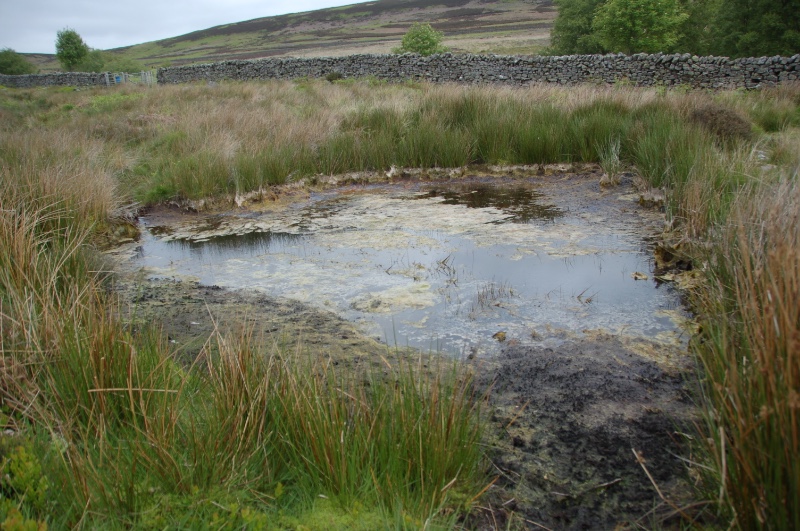
But the Hawthorn has a fine blossom.
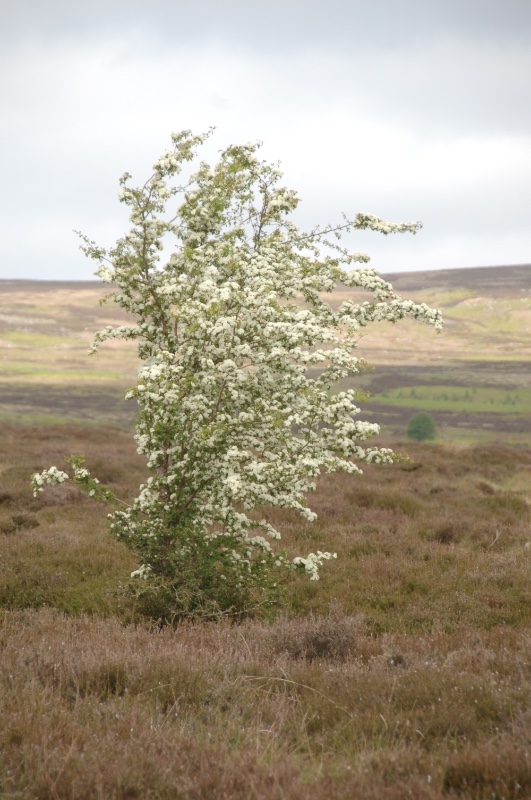
2023-05-30
Lots of new life on the reserve - here's a Grey Hen.
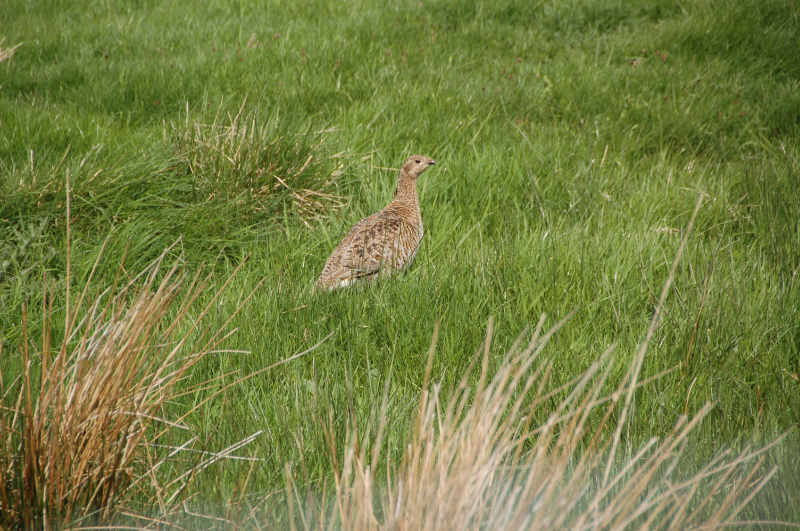
2023-05-16
Lapwing chick exploring the boundaries.
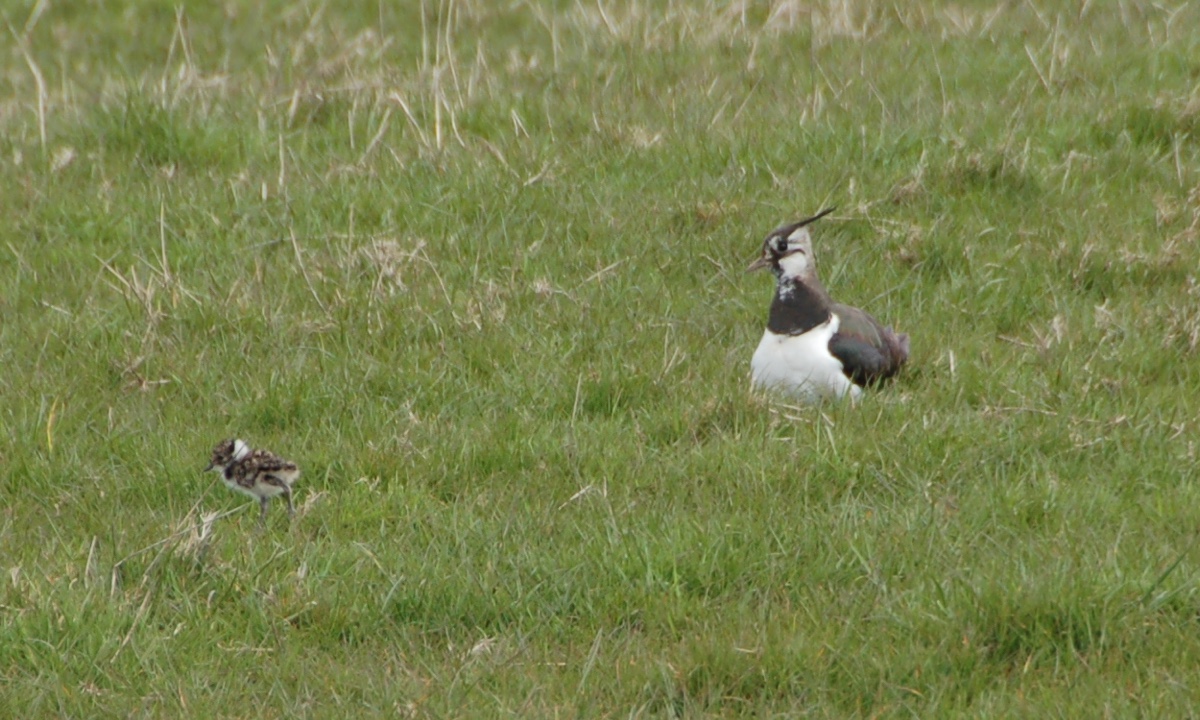
2023-04-25
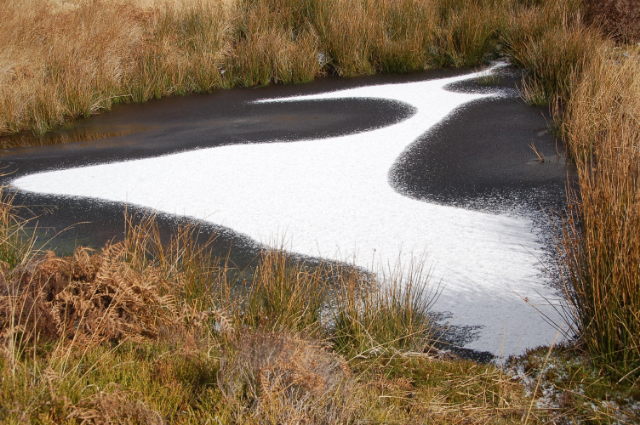
2023-03-08
Bright day but very cold wind and rain has ended any thoughts of burning for a few days.
A pair of Partridge posed but it was taken through the windscreen, so questionable quality.
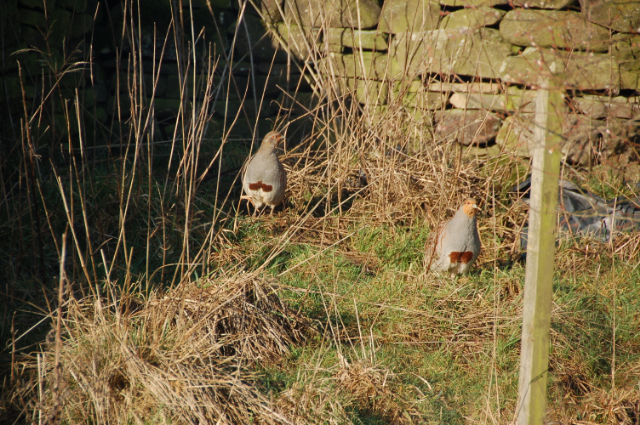
A couple of Roe Deer in our ghyll the first for some time, a mature doe and her last year's youngster.
My first pair of skylarks, a good flock of lapwing and a decent lot of golden plover, everything's on the move it would seem.
Ponds are full and looking good, ready for the first bathers.
2023-02-28
